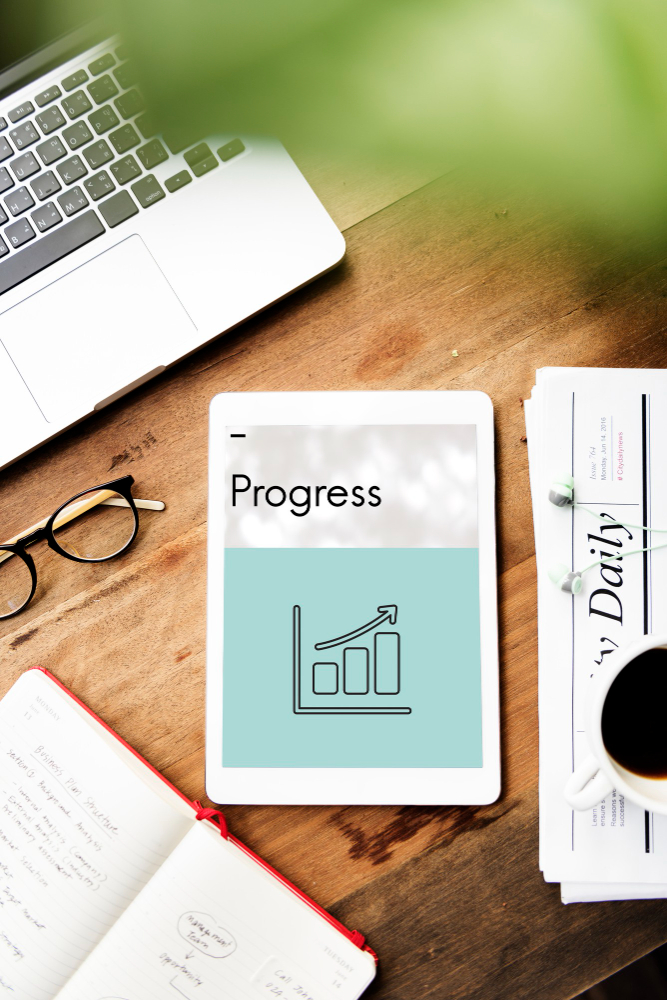How to Start Studying After a Long Break: A Psychological Approach
Taking a break from studying, whether due to life events, burnout, or simply losing motivation, is something many students experience. When it’s time to dive back in, it can feel daunting. You may remember the days when you could study for 12 hours straight, but the gap from then to now might seem insurmountable. Don’t worry, you’re not alone, and there’s a psychological approach that can make it easier to get back on track without overwhelming yourself. This article will guide you through re-establishing a healthy study routine after a long break, drawing on insights from human psychology to help you regain momentum effectively.

Understanding the Psychological Resistance
The first thing to acknowledge is the psychological resistance that comes after a long break. This resistance is natural, and it stems from several factors:
- Perfectionism and Unrealistic Expectations: After a break, we often hold ourselves to the same standards we had before. The pressure to return to peak performance immediately can be overwhelming. This perfectionism creates a mental block and makes starting feel impossible.
- Fear of Failure: We often fear that we have forgotten everything or that we won’t be able to catch up, which leads to procrastination.
- Cognitive Inertia: After a break, your brain is simply not accustomed to the intense cognitive load of studying. It takes time to rebuild mental stamina.
To ease back into studying, it’s crucial to understand that this resistance is normal and can be overcome with small, consistent steps.
1. Start with an Easy Routine
When getting back into studying, start small. You may have studied for long hours in the past, but diving back into 12-hour study marathons after a break will only lead to burnout. Instead, start with an easy routine.
Why an Easy Routine Works
From a psychological perspective, starting with an easy routine works because it reduces the perceived threat of the task at hand. According to the Expectancy-Value Theory, people are more likely to engage in tasks that they believe are manageable and rewarding. When we feel a task is too difficult, we avoid it. But when we feel confident that we can handle it, we’re more likely to start.
Begin with 30-minute sessions of focused study time followed by breaks. The Pomodoro Technique, which breaks work into intervals (usually 25-30 minutes), can be incredibly helpful in this stage. This gradual reintroduction helps you get into the flow without overwhelming your brain.
Set Small Achievable Goals
One of the best ways to ensure that your initial routine is sustainable is by setting small, achievable goals. For example:
- Day 1-3: Study for 30 minutes each day.
- Day 4-6: Increase it to 1 hour a day.
- By Week 2: Study for 2 hours per day in divided sessions.
The key here is consistency. By setting achievable goals, you’re creating a sense of accomplishment, which reinforces your motivation to continue.
2. Don’t Be Hard on Yourself
One of the biggest mistakes people make after a long break is being too hard on themselves. You may remember the days when you could study for hours without stopping, but those days didn’t happen overnight. It’s crucial to be kind to yourself as you rebuild your study habits.
The Psychology Behind Self-Compassion
Human psychology tells us that being overly critical of ourselves can lead to a vicious cycle of negative emotions, which reduces motivation. According to Self-Determination Theory (SDT), individuals are more motivated when their psychological needs for competence, autonomy, and relatedness are met. Being hard on yourself undermines your sense of competence and makes studying feel like a punishment rather than a path to growth.
Instead, practice self-compassion. Self-compassion involves:
- Acknowledging the difficulty of restarting after a break.
- Recognizing that it’s okay to struggle.
- Treating yourself with kindness, the same way you would treat a friend in your situation.
Focus on the Process, Not the Outcome
When getting back into studying, it’s easy to focus on the outcome—whether it’s passing an exam or completing a major project. But obsessing over the outcome can create additional pressure, leading to stress and procrastination. Instead, focus on the process. This mindset shift encourages you to concentrate on the small actions you take every day, like reviewing one chapter or solving a few practice problems.
Each time you study, congratulate yourself for taking a step forward, no matter how small.

3. Slowly Increase Study Time
As you build momentum, you can slowly increase the time you spend studying. This gradual increase will help you avoid burnout while also rebuilding your mental endurance.
The Power of Incremental Growth
In psychology, there’s a concept known as incremental learning, which means breaking up tasks into smaller just like Pomodoro Technique, more manageable parts. This is related to the Zone of Proximal Development (ZPD)—the idea that learning is most effective when the task is just slightly more challenging than your current ability. By gradually increasing your study time, you’re staying within your ZPD and preventing cognitive overload.
For example, if you’ve been studying for 1 hour per day, aim to increase your study time by 10-15 minutes each week. This slow growth allows your brain to adapt without overwhelming it. You’re essentially rebuilding your mental stamina over time.
Build in Flexibility
It’s important to remember that progress won’t be linear. Some days you’ll feel like you can study for longer periods, and other days you may struggle to focus for even 30 minutes. That’s okay. Flexibility is key to maintaining long-term success. If you’re having a particularly difficult day, cut yourself some slack and study for a shorter amount of time. The important thing is that you don’t give up.
4. Celebrate Small Wins
Getting back into studying after a long break is a significant achievement, and it’s important to celebrate small wins along the way.
Dopamine and Motivation
From a neurological standpoint, celebrating small wins is crucial because it stimulates the release of dopamine, a neurotransmitter associated with motivation and pleasure. Dopamine is part of the brain’s reward system and plays a key role in reinforcing behaviors. When you celebrate your progress—no matter how small—you’re essentially training your brain to associate studying with positive emotions, which makes it easier to stick with the routine.
Here are a few ways to celebrate small wins:
- Treat yourself after completing a study session (e.g., a favorite snack or a short walk).
- Track your progress in a journal or app to see how far you’ve come.
- Share your accomplishments with a friend or family member for external encouragement.
5. Manage Your Expectations
It’s natural to want to get back to your previous level of productivity as quickly as possible, but managing your expectations is key to preventing burnout. Recognize that the process will take time, and that’s okay.
The Role of Patience in Success
The psychologist Angela Duckworth, in her work on grit, emphasizes the importance of passion and perseverance in long-term success. Grit is about staying committed to your goals over time, even when progress is slow. When restarting your study routine, it’s important to practice patience and perseverance. The results will come, but they won’t happen overnight.
Patience is also a form of emotional regulation, which is crucial for maintaining motivation. Studies show that individuals who are better at managing their emotions are more likely to persist in challenging tasks. By managing your expectations and practicing patience, you’ll be better equipped to handle the ups and downs of rebuilding your study habits.
6. Create a Study-Friendly Environment
Another key to easing back into studying is creating an environment that fosters focus and productivity. After a long break, your brain may associate certain environments with relaxation rather than work, so it’s important to create a space that signals it’s time to study.
The Psychology of Environment Design
According to environmental psychology, the design of a space can significantly impact cognitive function and emotional well-being. A cluttered, noisy, or poorly lit space can increase stress and reduce focus. On the other hand, a clean, quiet, and well-lit space can improve concentration and make studying feel more inviting.
- Declutter your desk: Remove unnecessary items to create a clean workspace.
- Use natural light: Exposure to natural light has been shown to improve mood and focus.
- Limit distractions: Turn off notifications, put your phone away, and create a quiet environment.
Creating a positive study environment sets the stage for successful study sessions.

7. Build Accountability and Support
Finally, one of the most effective ways to maintain momentum is by building accountability and seeking support. After a long break, it’s easy to fall into a pattern of procrastination or avoidance. By involving others, you create an external source of motivation.
Accountability Partners and Social Motivation
Research shows that social accountability can significantly increase motivation. This could be a study buddy, a mentor, or even an online community where you check in regularly about your progress. Having someone to share your goals with can create a sense of responsibility, making it harder to procrastinate.
Additionally, seeking support when you’re struggling is crucial. Reach out to friends, family, or a tutor when you’re feeling stuck. You don’t have to navigate the process of getting back into studying alone.
Conclusion
Getting back into studying after a long break can feel like an uphill battle, but by understanding the psychological factors at play and taking small, consistent steps, you can regain your momentum. Start with an easy routine, be kind to yourself, slowly increase your study time, and celebrate small wins along the way.
